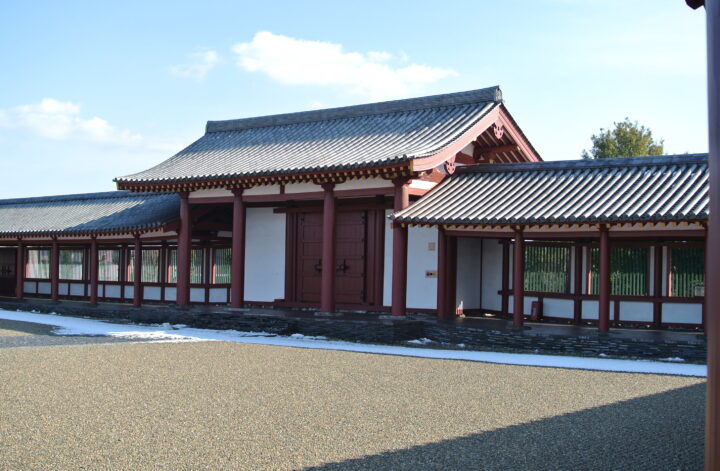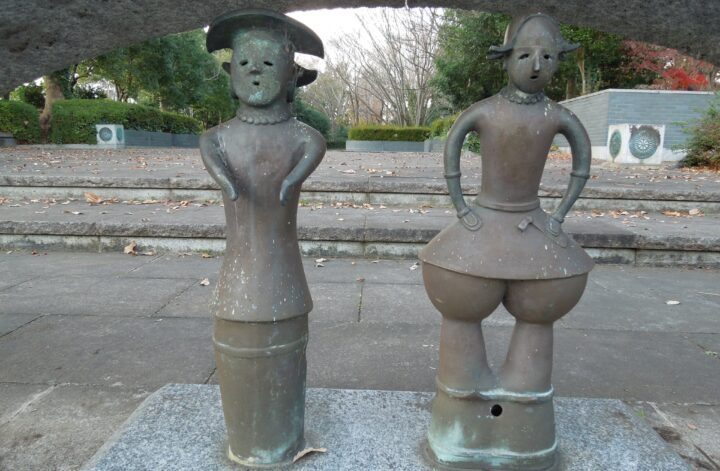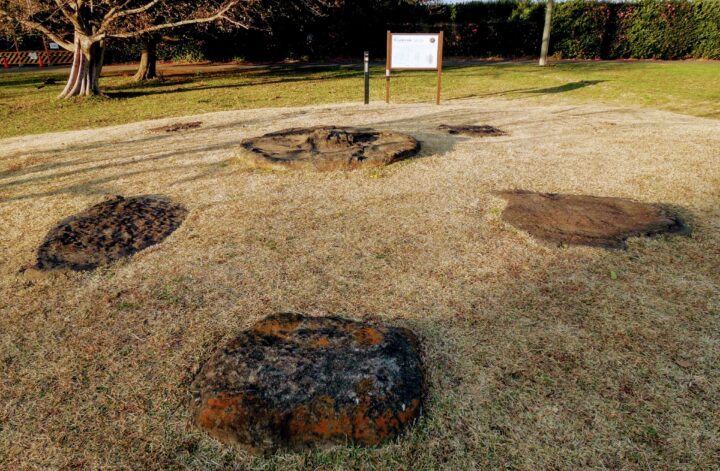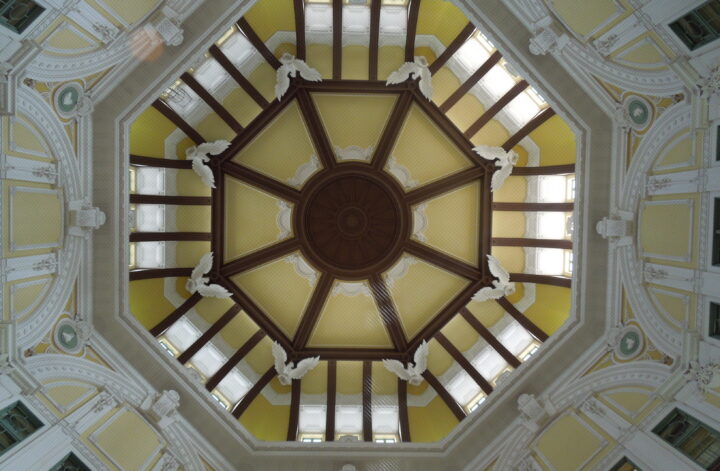The Kominato Line is a 39.1 km stretch of rail line between Goi […]
Greater Tokyo
Posted on:
Kazusa-Kokubunniji
I visited the ruins of Kazusa-Kokubunniji, an ancient provincia […]
Greater Tokyo
Posted on:
Ancient burial mounds
There are many ancient burial mounds in Chiba. In Kazusa-Kokubu […]
Greater Tokyo
Posted on:
Kazusa-Kokubunji
Around 741 A.D., about 60 Kokubunji Buddhist temples were built […]
Greater Tokyo
Posted on:
Tokyo Station
Tokyo Station was renovated in 2012 and restored to its origina […]




